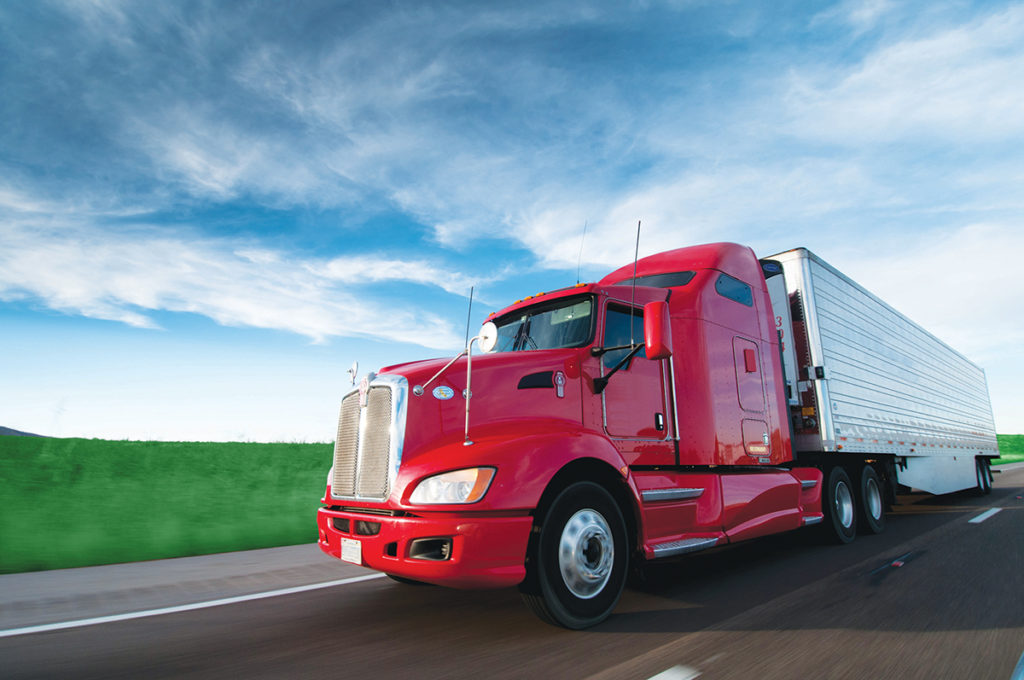New environmental legislation has created an engineering challenge for heavy-duty diesel engines. Carbon dioxide (CO2) and nitric oxide (NOx) emissions must fall below stricter standards. At the same time, greater engine efficiency has resulted in a corresponding loss of exhaust gas temperature, leading to lower catalytic activity. This is particularly concerning when it comes to NOx emissions for cold start and low load cycles, as a lot of thermal inertia is produced in the after treatment system. Here, Jeff Diestelmeier, Vice President and General Manager Energy and Environmental Technologies Business Unit at industrial technology company Watlow, explores how heating technology can improve diesel engine efficiency.
In the past, manufacturers of heavy-duty vehicles have been able to meet emissions standards by making small, incremental improvements in the engines themselves. These newer, stricter standards will require more of a ‘systems’ approach because of the engineering challenges involved.
To achieve the newer, stricter standards, automobile and truck manufacturers will need to look at other elements of the system – specifically, adding heat to exhaust to increase catalytic activity. An advanced heating strategy has already been shown to be the most efficient means of meeting these NOx emissions standards. In fact, a small heater placed at the intake of the after treatment system enables its rapid and efficient heating, even during cold start and low load operating conditions. However, having a practical means to power and control this type of heater has been a barrier for implementation.
To learn more about Watlow’s thermal solutions, please visit:
www.watlow.com

